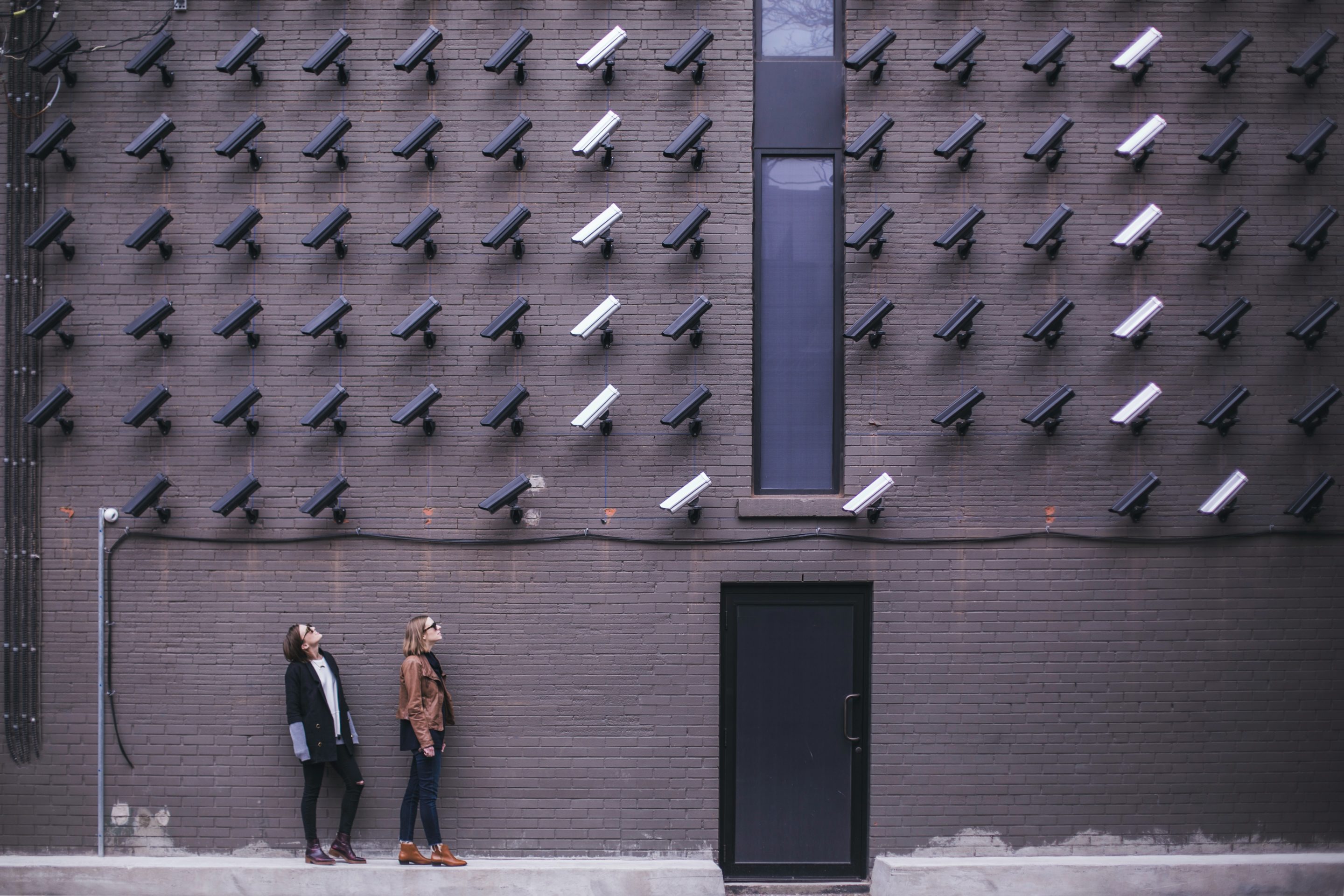If you’re already accountable to the U.S. Department of Homeland Security (DHS) for critical infrastructure security, then you know why it’s so vital to our national security and stability. But if you’re here for a brief overview of this complex security space, this is a good primer on what you need to know about critical infrastructure security.
A Brief Overview of Critical Infrastructure Security
Critical infrastructure security focuses on protecting important national security assets, economic networks, and public health and safety systems. This includes transportation networks, including:
- Aviation and mass transit,
- Energy infrastructure (incl. oil and natural gas to electricity),
- Water and wastewater facilities, and
- Any other nationally strategic site. Note: In the U.S., the DHS defines critical infrastructure broadly, and includes sectors like financial services, food/agriculture, and communication.
Critical Infrastructure Security: Vulnerabilities
All these sectors play a vital role in national security, economic stability, and public health and safety. This also means they’re vulnerable to everything, including terrorism, espionage, extreme weather, and the unintended effects of aging infrastructure or human operator error.
But the risks don’t end there. The nature of these facilities often means they must monitor a variety of inputs that include facility and unit capacity, surges, temperatures, scaling to resource demand change, and more. These internal indicators can alert the facility to the risk of potential breakdowns, security or safety hazards, or operational losses.
Both public and private organizations are responsible for our critical infrastructure, but they are all accountable to DHS for risk assessment. They must create risk plans and have a framework for keeping these sensitive operations safe, secure, and well-protected.
Critical Infrastructure Security: Opportunities and Obstacles
Although many of the organizations in charge of these critical sectors are at the top of their game when it comes to security, there are still opportunities for growth. For example, a major headache for organizations of all sizes is the lack of integration between different security sensors, monitors, and systems.
We hear about this all the time: organizations tell us that they have a facility monitored to the last square inch, but then have to dedicate multiple personnel, spread across multiple dashboards and screens, to monitor their full security responsibilities.
This, to be clear, is nothing like those multiple-dashboard situation rooms in spy action thrillers. On the contrary, having different teams monitor different systems can create major vulnerabilities like conflicting protocols, misaligned responsibilities, and major blindspots.
Teams that can integrate their monitoring systems gain an eagle-eye overview of their full security picture, and that is a tremendous advantage in securing the critical infrastructure.
SIS Alarm Center: Trusted by Government Organizations and Security Professionals
Fortunately, there is a way to integrate hundreds of security devices and monitoring systems so that even the most complex, critical infrastructure can be monitored from one streamlined dashboard. This solution doesn’t have to be expensive or difficult to install. In fact, it’s the opposite.
For years, government security professionals have trusted Security Information Systems (SIS) and our Alarm Center software to monitor critical operations in real time, streamlining many inputs into one clear security picture. The Department of Defense, NATO, and the Department of Homeland Security are a few of the organizations that trust us to help keep the nation safe.
This level of security is available to any critical infrastructure organization that is ready to streamline operations and strengthen their security posture. Alarm Center offers a centralized, high-performance alarm monitoring platform for seamless connections between legacy, modern, physical security, life and safety, and IT networks in a simple, unified way. Best of all, this solution is cost effective and easy to adopt and put in place.
For more information, please contact us today.



